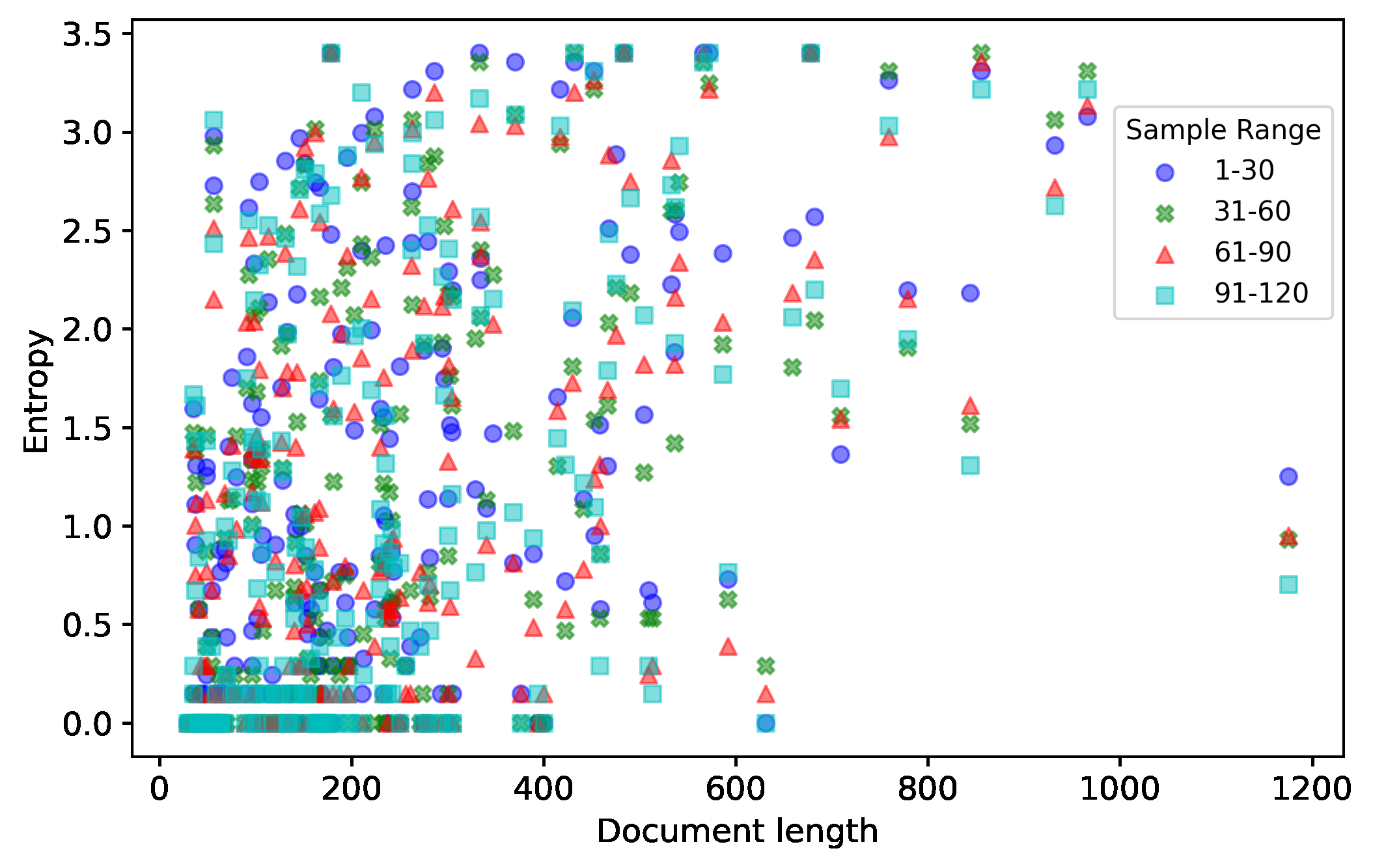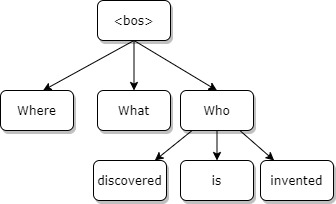Cold-start Active Learning through Self-supervised Language Modeling
Michelle Yuan, Hsuan-Tien Lin, Jordan Boyd-Graber
Machine Learning for NLP Long Paper

You can open the pre-recorded video in a separate window.
Abstract:
Active learning strives to reduce annotation costs by choosing the most critical examples to label. Typically, the active learning strategy is contingent on the classification model. For instance, uncertainty sampling depends on poorly calibrated model confidence scores. In the cold-start setting, active learning is impractical because of model instability and data scarcity. Fortunately, modern NLP provides an additional source of information: pre-trained language models. The pre-training loss can find examples that surprise the model and should be labeled for efficient fine-tuning. Therefore, we treat the language modeling loss as a proxy for classification uncertainty. With BERT, we develop a simple strategy based on the masked language modeling loss that minimizes labeling costs for text classification. Compared to other baselines, our approach reaches higher accuracy within less sampling iterations and computation time.
NOTE: Video may display a random order of authors.
Correct author list is at the top of this page.
Connected Papers in EMNLP2020
Similar Papers
DAGA: Data Augmentation with a Generation Approach forLow-resource Tagging Tasks
Bosheng Ding, Linlin Liu, Lidong Bing, Canasai Kruengkrai, Thien Hai Nguyen, Shafiq Joty, Luo Si, Chunyan Miao,

Training for Gibbs Sampling on Conditional Random Fields with Neural Scoring Factors
Sida Gao, Matthew R. Gormley,

ALICE: Active Learning with Contrastive Natural Language Explanations
Weixin Liang, James Zou, Zhou Yu,

Textual Data Augmentation for Efficient Active Learning on Tiny Datasets
Husam Quteineh, Spyridon Samothrakis, Richard Sutcliffe,
